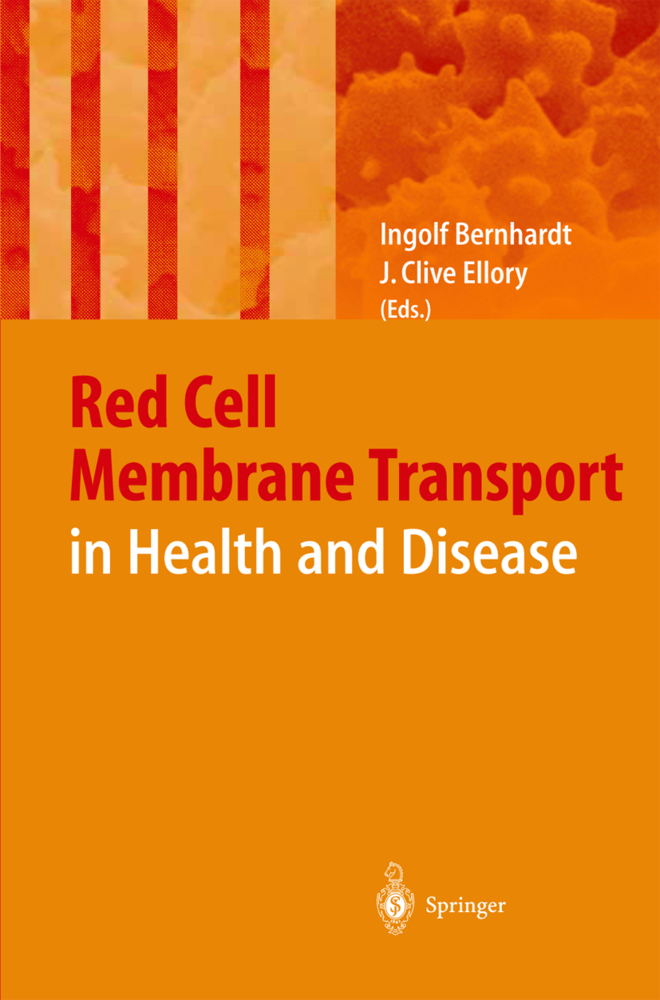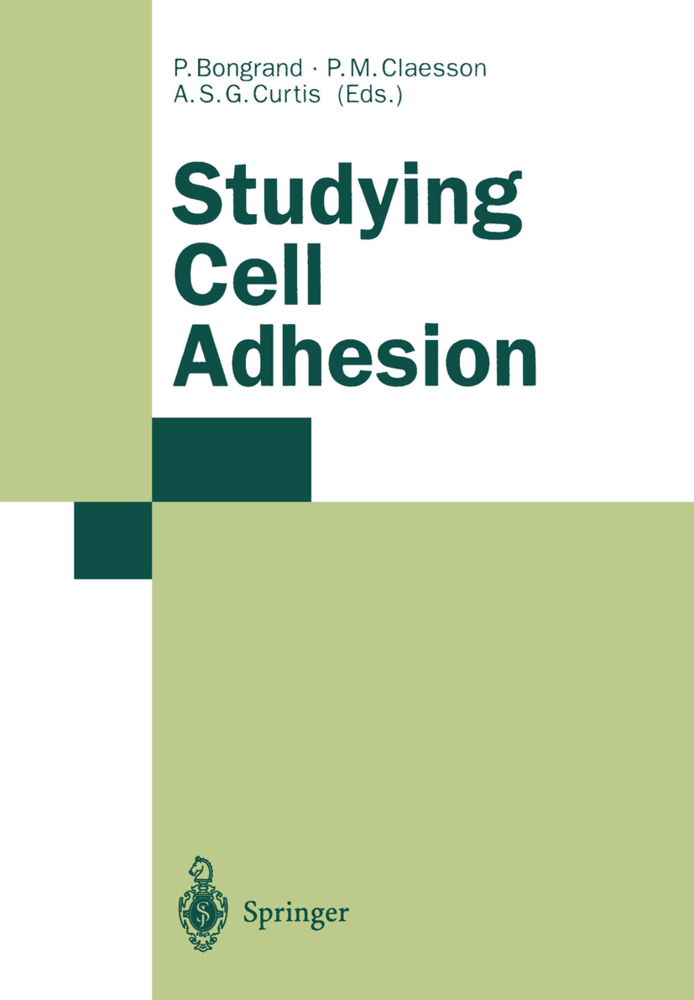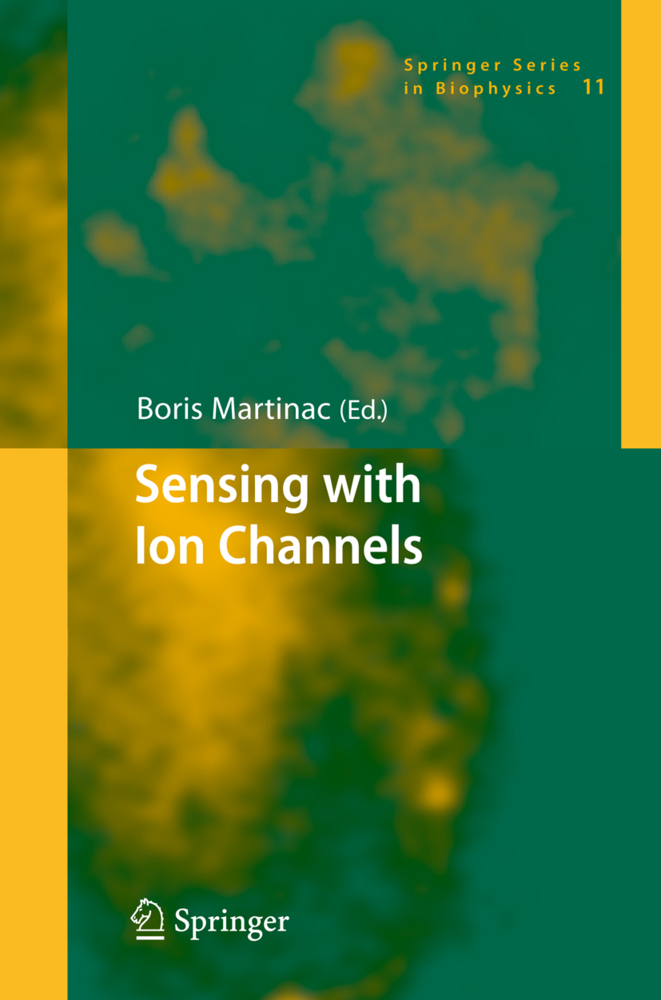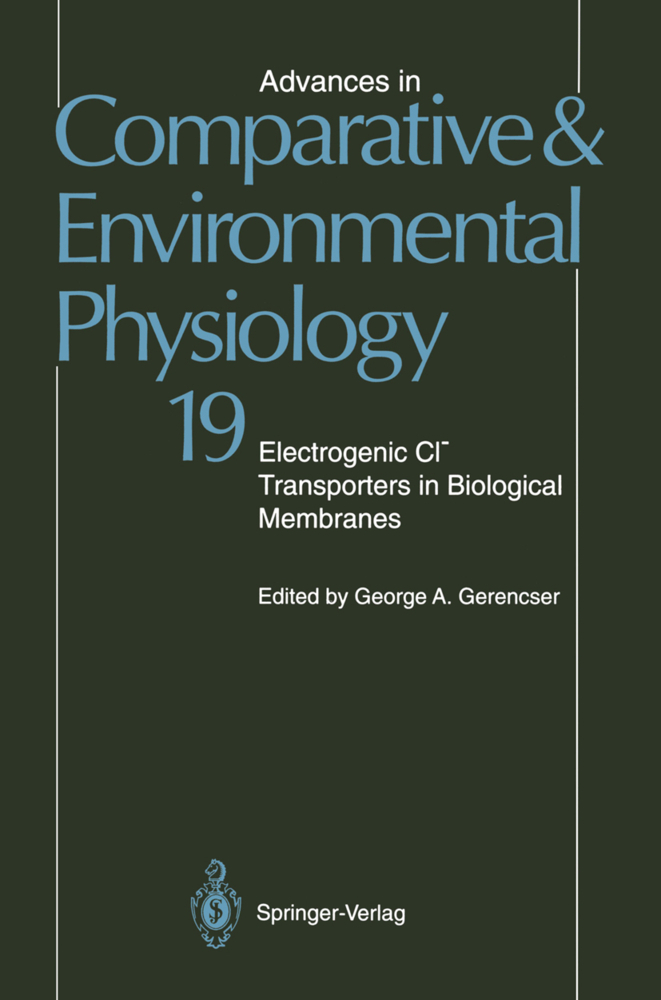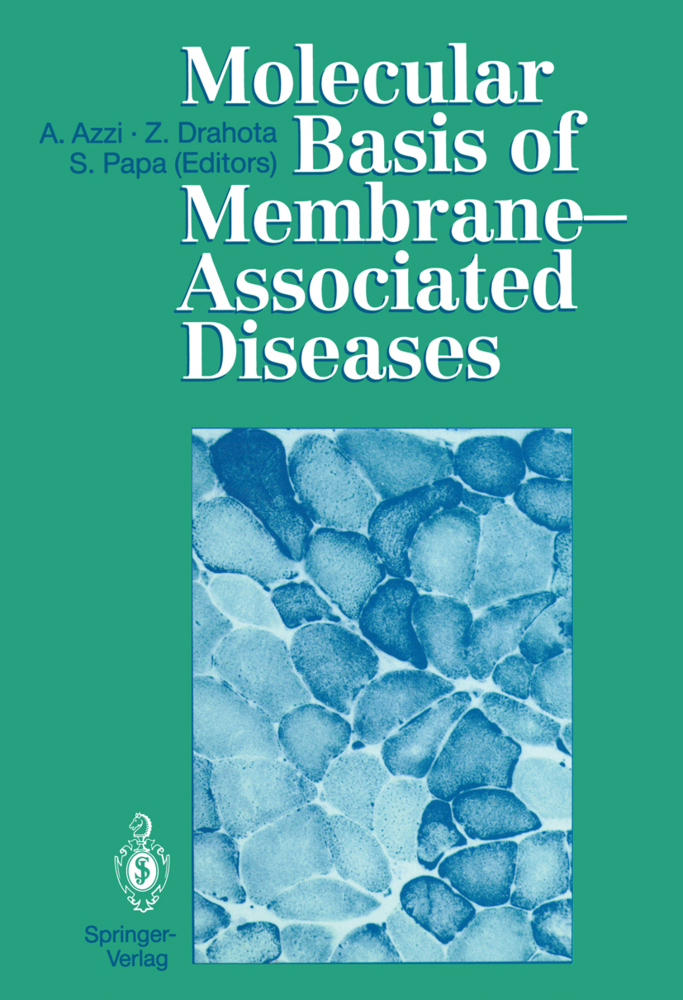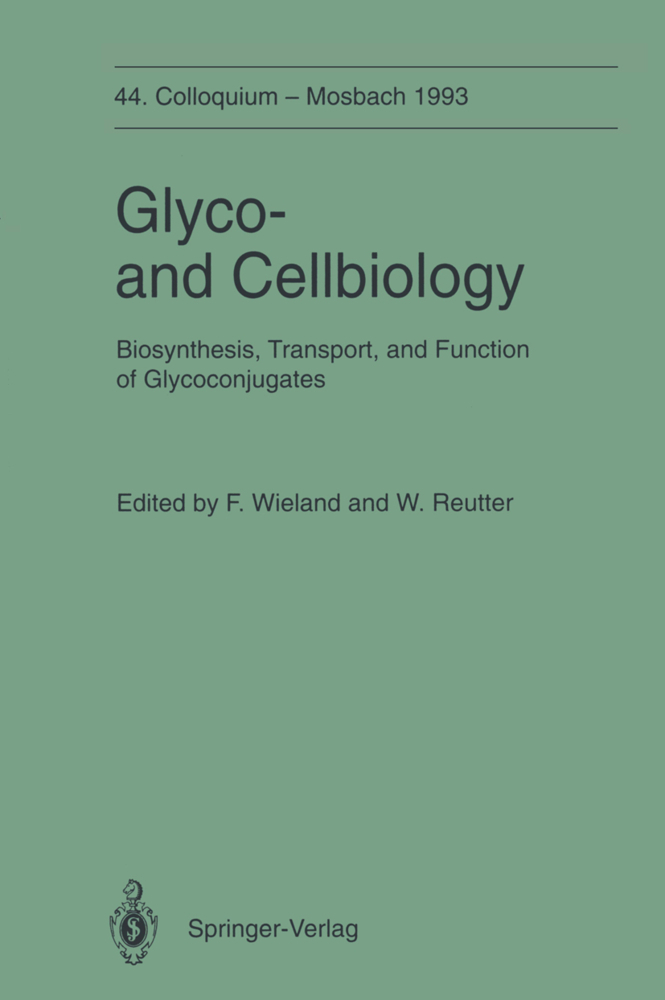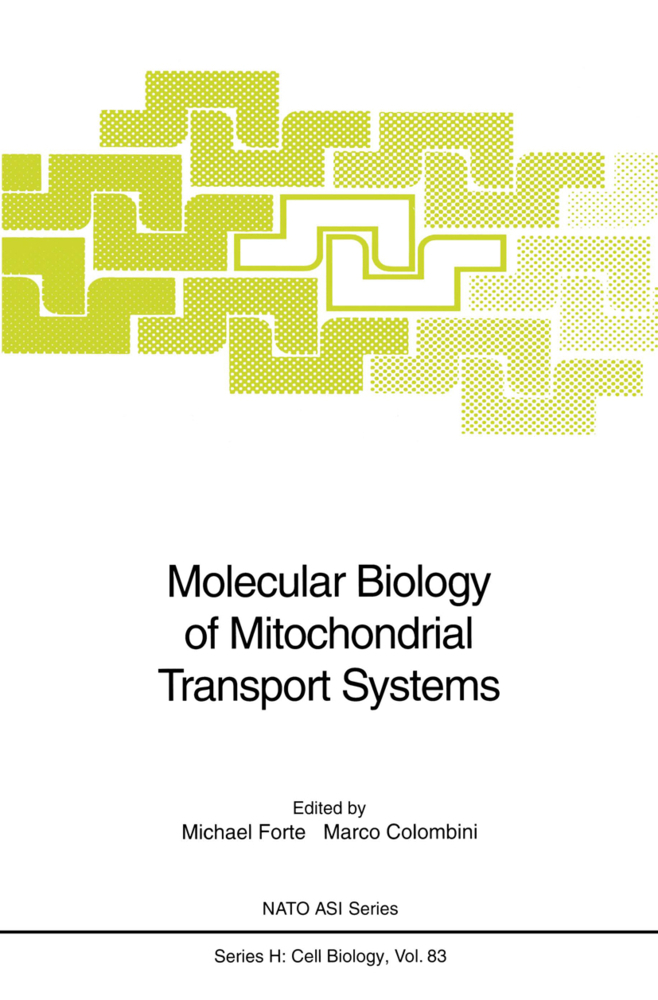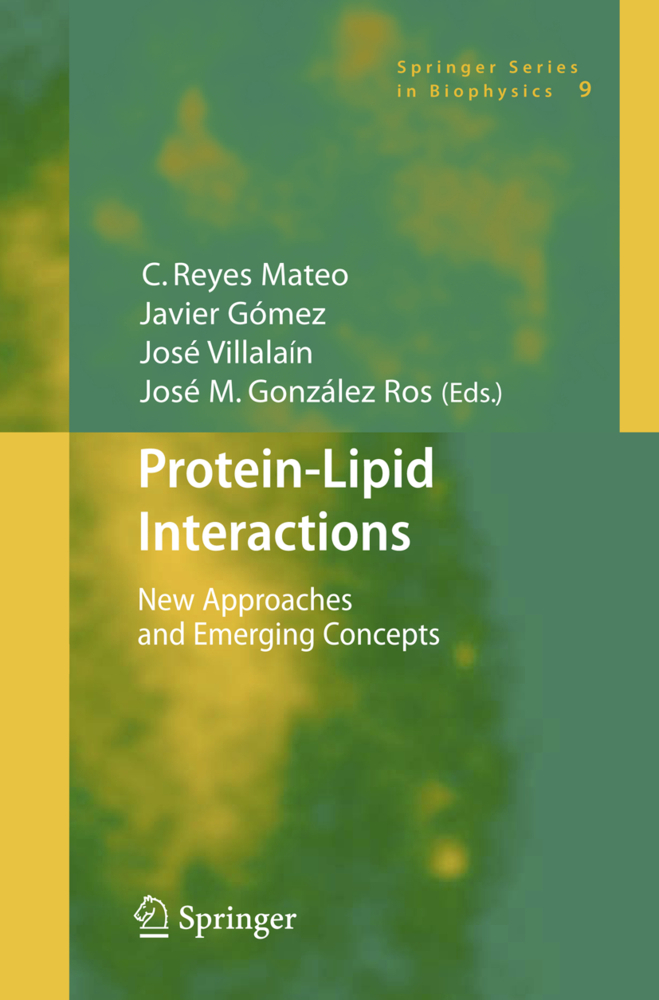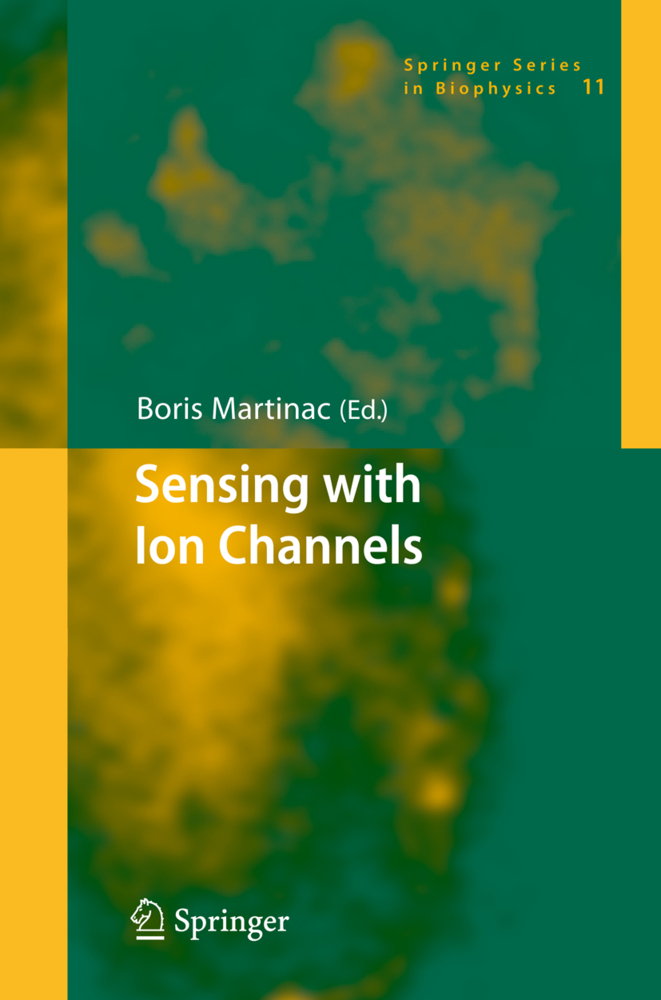Red Cell Membrane Transport in Health and Disease
Red Cell Membrane Transport in Health and Disease
The red cell has been a focus for scientific and medical investigation since the ear liest times. A higher erythrocyte sedimentation rate was associated with diseases (usually pyrexias) before the thermometer was invented. Furthermore, ever since the early observers Swammerdam and Leeuvenhoek saw discrete corpuscles in samples of blood using the first microscopes, there has been a significant scientific interest in the structure and function of red blood cells. The later discovery that red cells were not spherical, but biconcave discs introduced a scientific puzzle which is still not completely resolved today, and identified the need for a detailed knowledge of the plasma membrane composition and structure, and its interaction with the cytoskeleton. Important concepts like the lipid bilayer, together with its more recent refinement as asymmetric in phospholipid composition led to the identification of translocases involved in actively maintaining its composition. Understanding the mechanics of red cell deformation as these biconcave discs traverse capillaries was advanced by the pioneering work of Rand and Burton in the Sixties, and progressed by Evans, Skalak and others. Based on the bilayer couple hypothesis, the shape changes that are possible for a human red cell from echinocyte to stomatocyte were described by Sheetz and Singer in the Seventies in terms of alterations in the individual halves of the bilayer. Certain clinical condi tions are associated with obvious changes in red cell morphology.
3 Human Red Cell Shape and the Mechanical Characteristics of the Membrane
4 Passive Membrane Permeability for Ions and the Membrane Potential
5 Na+/K+ Pump
6 Ion Channels
7 The Swelling-Sensitive Osmolyte Channel
8 Na+-K+-2Cl- Cotransport
9 K+-Cl- Cotransport in Vertebrate Red Cells
10 The Band 3 Protein: Anion Exchanger and Anion-Proton Cotransporter
11 Band 3 Mediated Transport
12 Amino Acid Transport
13 Equilibrative Nucleoside Transport Proteins
14 Glucose Transport
15 Calcium Homeostasis in Normal and Abnormal Human Red Cells
16 Magnesium Transport
17 Trace Metal Transport
18 Monocarboxylate and other Organic Anion Transport
19 Water Permeability
20 Gas Transport
21 'The Hereditary Stomatocytosis and Allied Conditions': Inherited Disorders Na+ and K+ Transport
22 Metabolic Disorders
23 Sickle Cell Disease
24 The Membrane Physiology of the 'Malaria-Infected' Red Cell
25 Hypertension
26 Disorders of Band 3
27 Amino Acid Transport in Disease
28 Transgenic Models of Red Cell Disorders
29 Red Cell Ageing
30 Active and Passive Monovalent Ion Transport Association with Membrane Antigens in Sheep Red Cells: a Molecular Riddle
31 Comparative Physiology of Red Cell Membrane Transport.
1 Distribution and Movement of Membrane Lipids
2 Membrane Lipids and Proteins as a Basis of Red Cell Shape and its Alterations3 Human Red Cell Shape and the Mechanical Characteristics of the Membrane
4 Passive Membrane Permeability for Ions and the Membrane Potential
5 Na+/K+ Pump
6 Ion Channels
7 The Swelling-Sensitive Osmolyte Channel
8 Na+-K+-2Cl- Cotransport
9 K+-Cl- Cotransport in Vertebrate Red Cells
10 The Band 3 Protein: Anion Exchanger and Anion-Proton Cotransporter
11 Band 3 Mediated Transport
12 Amino Acid Transport
13 Equilibrative Nucleoside Transport Proteins
14 Glucose Transport
15 Calcium Homeostasis in Normal and Abnormal Human Red Cells
16 Magnesium Transport
17 Trace Metal Transport
18 Monocarboxylate and other Organic Anion Transport
19 Water Permeability
20 Gas Transport
21 'The Hereditary Stomatocytosis and Allied Conditions': Inherited Disorders Na+ and K+ Transport
22 Metabolic Disorders
23 Sickle Cell Disease
24 The Membrane Physiology of the 'Malaria-Infected' Red Cell
25 Hypertension
26 Disorders of Band 3
27 Amino Acid Transport in Disease
28 Transgenic Models of Red Cell Disorders
29 Red Cell Ageing
30 Active and Passive Monovalent Ion Transport Association with Membrane Antigens in Sheep Red Cells: a Molecular Riddle
31 Comparative Physiology of Red Cell Membrane Transport.
Bernhardt, Ingolf
Ellory, J. Clive
| ISBN | 978-3-540-44227-1 |
|---|---|
| Artikelnummer | 9783540442271 |
| Medientyp | Buch |
| Copyrightjahr | 2003 |
| Verlag | Springer, Berlin |
| Umfang | XXVIII, 748 Seiten |
| Abbildungen | XXVIII, 748 p. |
| Sprache | Englisch |

